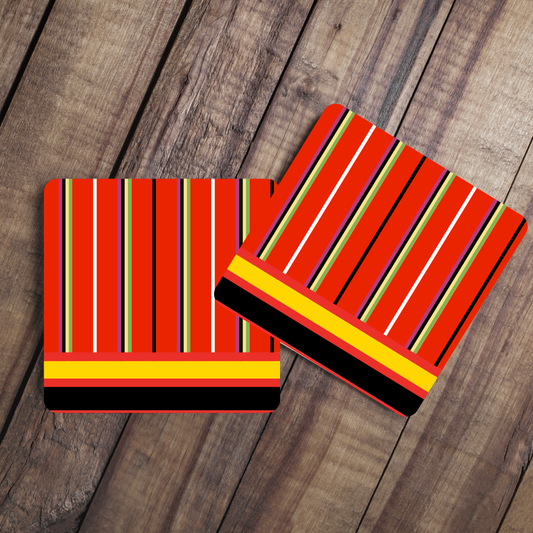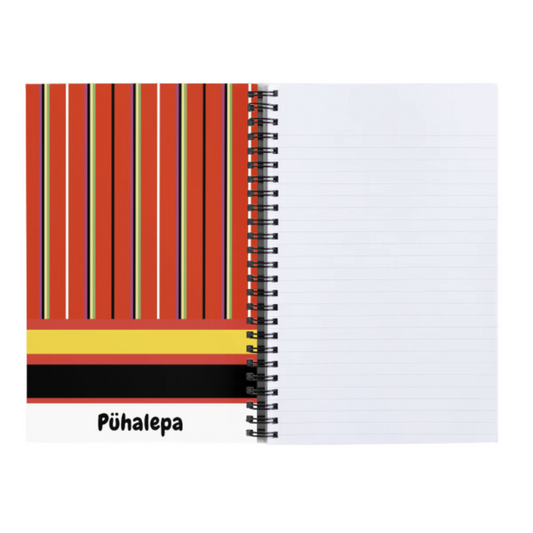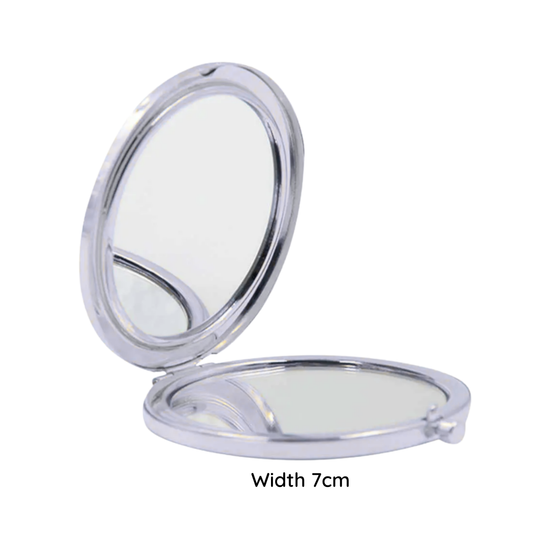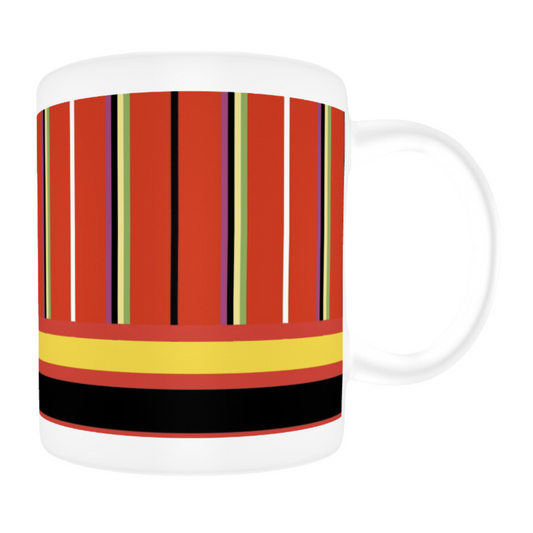Collection: Pühalepa
The parish of Pühalepa is the oldest of the four parishes on the island of Hiiu and was located in the eastern part of the island, i.e. closest to the mainland. The construction of a stone church there dates back to the middle of the 13th century. A wooden church or chapel probably existed even somewhat earlier.
Hiiu Island has historically been part of Läänemaa, but due to its distance from the mainland, the local clothing has been influenced by influences from elsewhere. It seems that the general nature of the folk costume worn throughout the island began to take shape during the long Swedish period (1563-1710), although what is now known as folk costume is primarily the clothing that developed in the years 1840-1860.
Alongside the Estonians, Swedes also lived in Pühalepa. At the beginning of the 19th century, several hundred of them were sent from Kärdla to live in Vormsi and Noarootsi. Thus, it seems that by studying the folk costume of Vormsi, it is also possible to get an idea of the earlier clothing type of the Huitans, of which few original examples have survived.
From the mid-19th century onwards, many changes took place in the life of Hiiumaa, whether it was the rapid development of local shipbuilding, or the arrival of cotton cloth and kalev in peasant clothing. Increased sea voyages made it possible to bring in new goods such as corduroy and silk ribbons, sequins, towels, etc. Metal (tin, copper) was obtained from shipwrecks near the island's coast, which was also used in clothing.
The folk costume of Pühalepa disappeared from everyday use somewhat earlier than in other parishes of Hiiumaa, no later than the 1880s-90s. This was facilitated by the changing living conditions in the rapidly growing and developing Kärdla factory settlement. It was the nature of the work done in the Kaleva factory, as well as the example of people of different nationalities working there, and the availability of new clothing materials that led to the wearing of more suitable and contemporary clothing. This change was gradually reflected in the clothing of the inhabitants of neighboring villages.
The Pühalepa folk costume has been made and worn many times, but there are very few records and recordings of the period when it was worn daily, although the items themselves can be found in museums.
-
BFS Bumper Sticker Pühalepa
No reviewsRegular price $6.00 AUDRegular priceUnit price / per$10.00 AUDSale price $6.00 AUDSale -
BFS Leather Coaster Pühalepa - 1 available Black FRIDAY SALE
No reviewsRegular price $8.00 AUDRegular priceUnit price / per$12.00 AUDSale price $8.00 AUDSale -
BFS Notebook Lined Pühalepa - 3 available Black FRIDAY SALE
No reviewsRegular price $20.00 AUDRegular priceUnit price / per$24.00 AUDSale price $20.00 AUDSale -

 Sale
SaleBFS Pen Pühalepa
No reviewsRegular price $7.00 AUDRegular priceUnit price / per$10.00 AUDSale price $7.00 AUDSale -
Bumper Sticker Pühalepa
Regular price $10.00 AUDRegular priceUnit price / per$0.00 AUDSale price $10.00 AUD -
Compact Mirror Pühalepa
No reviewsRegular price $15.00 AUDRegular priceUnit price / per -

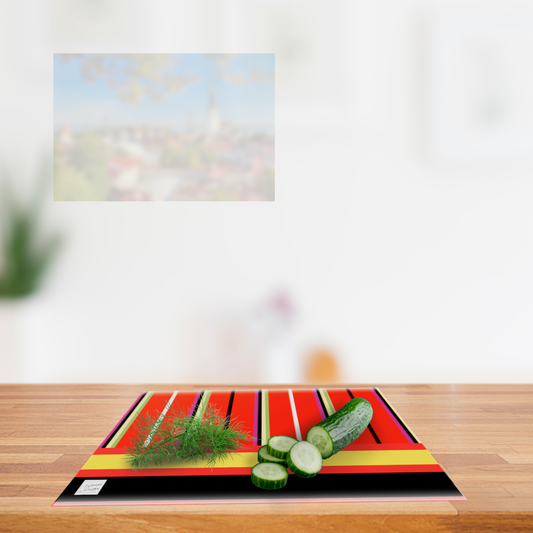 Sold out
Sold outGlass Chopping Board Pühalepa
No reviewsRegular price $25.00 AUDRegular priceUnit price / per -
Leather Coaster Pühalepa
No reviewsRegular price $12.00 AUDRegular priceUnit price / per -
Mouse Pad Pühalepa
No reviewsRegular price $24.00 AUDRegular priceUnit price / per -
Mug Pühalepa
Regular price $25.00 AUDRegular priceUnit price / per$0.00 AUDSale price $25.00 AUD -
Notebook Lined Pühalepa
1 review5.0 / 5.0
(1) 1 total reviews
Regular price $24.00 AUDRegular priceUnit price / per$0.00 AUDSale price $24.00 AUD -
Pen Pühalepa
No reviewsRegular price $10.00 AUDRegular priceUnit price / per
Phone Cases
-

iPhone Case Pühalepa
A phone case featuring the design of Pühalepa. If you have an...
-

Samsung Case Pühalepa
A phone case featuring the design of Pühalepa. If you have an...
-

Moto Case Pühalepa
A phone case featuring the design of Pühalepa. If you have an...
-

LG Case Pühalepa
A phone case featuring the design of Pühalepa. If you have an...
-

Pixel Case Pühalepa
A phone case featuring the design of Pühalepa. If you have an...
-

Oppo Case Pühalepa
A phone case featuring the design of Pühalepa. If you have an...




